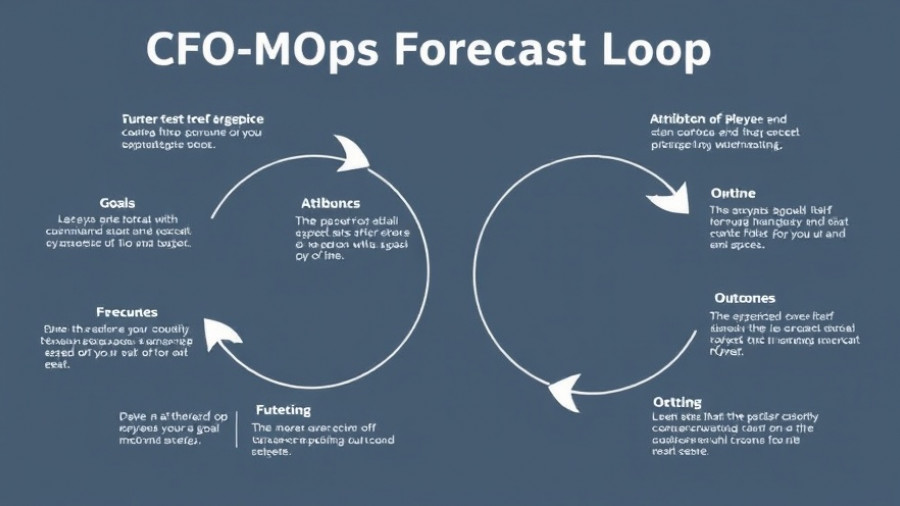
Turning Advertising Expenses into Predictive Power
In the fast-evolving landscape of digital marketing, understanding the true impact of incurred advertising expenses on your revenue forecasting is crucial. Predictions for online advertising demonstrate phenomenal growth, with Statista estimating that it will soar to approximately $756 billion by 2025. Consequently, businesses must shift their mindset, focusing on precise expense recognition and robust modeling to stay competitive.
Why Your Marketing Team Must Embrace Accrual Accounting
Accrual accounting shifts the paradigm of expense recognition from mere cash flow visibility to a more dynamic and accurate representation of business operations. For marketing teams, especially in sectors like SaaS and e-commerce, making incurred advertising expense a foundational component of your financial strategy isn't just advisable—it's essential. This technique allows leaders to have a clearer lens into customer acquisition costs (CAC), return on marketing investment (ROMI), and effective budget allocation.
Navigating the Challenges of Incurred Advertising Expenses
Marketing professionals face three primary challenges when managing incurred advertising expenses: diverse channel mixes with irregular recognition triggers, lag times between consumer exposure and revenue generation, and fragmented data due to privacy regulations. To tackle these challenges, aligning incurred expenses with multi-touch attribution (MTA) or incrementality testing will pave the way for improved forecasting accuracy.
Forecasting 2025: A Comprehensive 4-Step Model
As detailed by marketing thought leaders, a strategic 4-step framework can enhance your spend and revenue attribution accuracy:
- Assess Channel Contributions: Evaluate each platform's performance metrics to understand where your dollars are best allocated.
- Implement Rolling Forecasts: Rather than static budgets, embrace rolling forecasts to adjust spending based on performance feedback.
- Leverage Real-Time Analytics: Utilize tools that provide actionable insights on consumer interactions and ROI effectively.
- Establish Clear Reallocation Rules: Develop guidelines that allow for swift budget reallocations based on real-time performance insights.
The Importance of Robust Modeling and Analytics Tools
As we progress towards 2025, the necessity of sophisticated data analytics tools becomes even clearer. According to Deloitte, approximately 64% of CMOs are prioritizing enhanced digital analytics and advertising capabilities. Investing in these tools gives marketing professionals the statistical backbone needed to justify expenditures and support agile decision-making processes.
Local Advertising Insights: Reaching $171 Billion by 2025
Interestingly, the local advertising landscape is also undergoing significant changes. BIA Advisory Services projects local ad revenue to hit $171 billion by 2025, with a noticeable shift towards digital platforms. This growth reflects the adaptability of advertisers who are embracing emerging opportunities like connected TV and geo-targeted campaigns.
Take Action: Tune Up Your Advertising Strategies Now
Understanding the implications of your incurred advertising expenses today is vital for any business aiming to thrive in the competitive digital landscape. Ensure your organization is prepared for 2025—and beyond—by refining your advertising models and incorporating data-driven insights into your strategies. A FREE consultation can help your business align these elements, making your budget more resilient and responsive to market changes.
 Add Row
Add Row  Add
Add 




Write A Comment